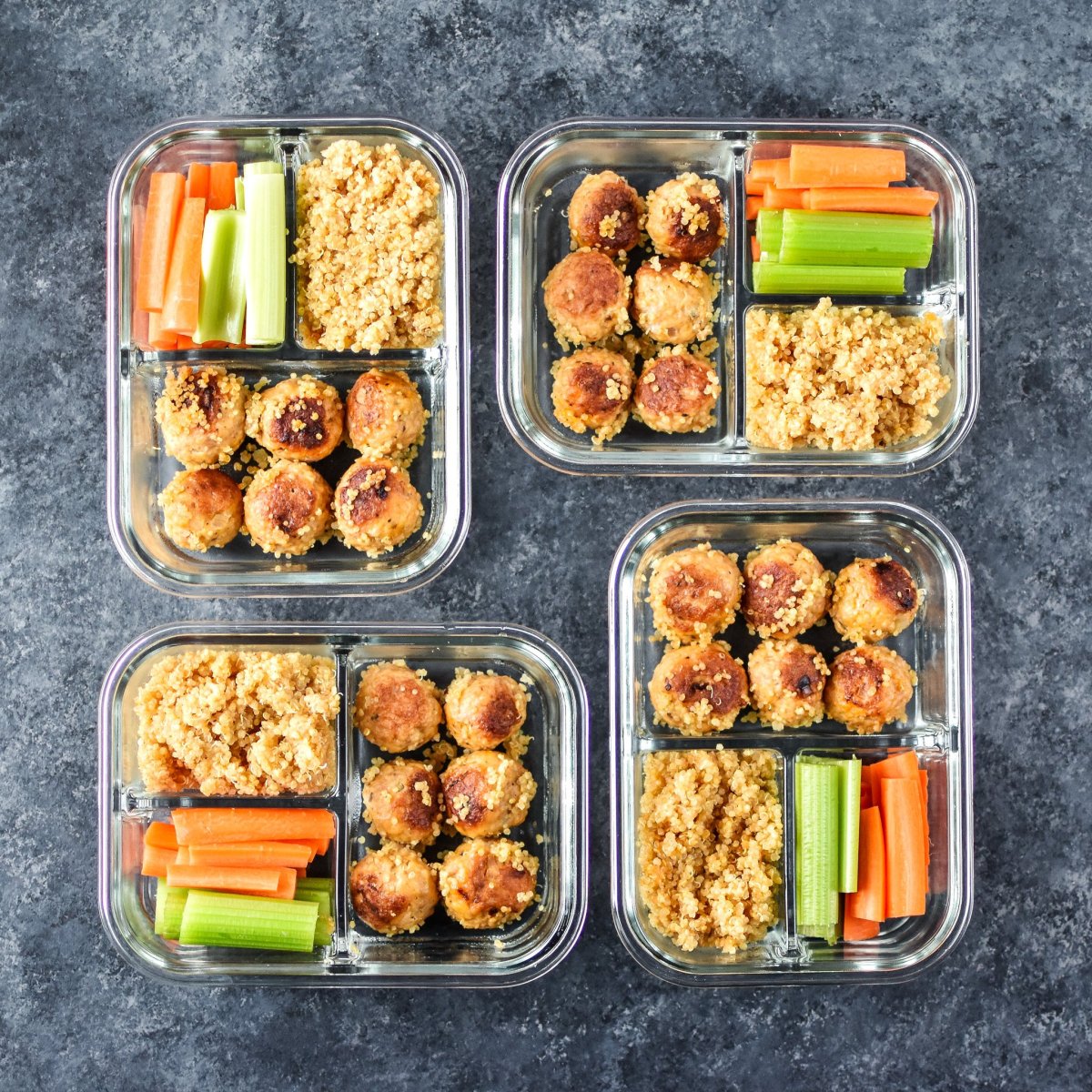Unlock the secret to delicious and diabetes-friendly meals with the magic of bento boxes! Imagine vibrant, colorful containers brimming with perfectly portioned foods, meticulously crafted to manage blood sugar levels without sacrificing flavor or satisfaction. This guide unveils the art of creating balanced bento boxes, offering a journey through nutritional principles, exciting recipe ideas, and practical tips to make healthy eating a delightful daily adventure.
We’ll delve into the science behind diabetes-friendly eating, focusing on carbohydrate counting, glycemic index, and portion control. Discover a treasure trove of protein sources, healthy fats, and complex carbohydrates perfect for your dietary needs. Then, prepare to be inspired by diverse and visually stunning bento box recipes, each designed to support your blood sugar management goals. We’ll cover ingredient swaps, meal prepping strategies, and creative presentation ideas to ensure that every bento box is not only healthy but also a feast for the eyes.
Ingredient Swaps and Substitutions

Creating delicious and diabetes-friendly bento boxes often involves strategic ingredient swaps to manage carbohydrate intake and maintain nutritional balance. This section explores common substitutions, offering alternatives that cater to various dietary needs and preferences while keeping blood sugar levels in check. Understanding these swaps empowers you to customize recipes for your specific needs and enjoy a diverse range of flavorful and healthy bento box creations.
Common Ingredient Substitutions
Making smart substitutions is key to creating diabetes-friendly bento boxes. The following table highlights common swaps, their nutritional impact, and examples of their use in recipes. Remember to always check nutritional labels to ensure accurate carbohydrate counting.
| Original Ingredient | Substitute | Nutritional Impact | Example Recipe Use |
|---|---|---|---|
| White Rice | Cauliflower Rice | Significantly lower in carbohydrates and calories; higher in fiber. | Use in sushi rolls or as a base for stir-fries. |
| Regular Pasta | Shirataki Noodles (Konjac Noodles) | Extremely low in carbohydrates and calories; virtually no impact on blood sugar. | Excellent in pasta salads or as a noodle alternative in Asian-inspired dishes. |
| Refined Sugar | Stevia or Erythritol | Zero-calorie sweeteners; do not raise blood sugar levels. | Use to sweeten beverages or desserts sparingly. Always check labels for added carbohydrates. |
| Regular Bread | Whole-wheat or Gluten-Free Bread (check carbohydrate content) | Higher in fiber and potentially lower glycemic index; check carbohydrate content carefully. Gluten-free options may vary in nutritional profile. | Use for sandwiches or as an accompaniment to soups. |
| Full-Fat Yogurt | Greek Yogurt (plain, unsweetened) | Higher in protein and lower in carbohydrates than many other yogurts. | Use as a dip for vegetables or as a base for a parfait. |
Adjusting Recipes for Calorie Needs and Preferences
Adapting recipes to suit individual calorie needs involves careful consideration of portion sizes and ingredient substitutions. For example, reducing the amount of higher-calorie ingredients like nuts or avocado, or increasing the proportion of lower-calorie vegetables, can significantly impact the overall calorie count. Conversely, to increase the calorie density of a bento box, one might incorporate more healthy fats like those found in avocados or nuts, or add a small portion of lean protein such as grilled chicken or fish. A visually appealing and informative calorie tracker can help monitor intake and achieve dietary goals.
Adapting Recipes for Various Dietary Needs
Creating diabetes-friendly bento boxes for various dietary restrictions requires thoughtful planning and ingredient choices.
Vegetarian Adaptations
Vegetarian bento boxes can be packed with vibrant vegetables, legumes, and whole grains. Substituting meat with lentils, tofu, or tempeh provides protein and fiber. Focus on colorful vegetables for added nutrients and visual appeal. A vibrant mix of roasted vegetables with quinoa and a side of hummus would be a delicious and satisfying example.
Vegan Adaptations
Vegan bento boxes require careful attention to protein and nutrient sources. Incorporate a variety of plant-based proteins, such as tofu, tempeh, edamame, lentils, and beans. Include a variety of colorful vegetables and healthy fats from sources like avocados and nuts. A vegan bento box might include a colorful mix of stir-fried vegetables with tofu, brown rice, and a side of edamame.
Gluten-Free Adaptations
For individuals following a gluten-free diet, it’s crucial to choose gluten-free alternatives for bread, pasta, and other gluten-containing ingredients. Many gluten-free products are available, but always check labels to ensure they are suitable for a diabetes-friendly diet as well, as carbohydrate content can vary significantly. A gluten-free bento box could feature a quinoa salad with roasted vegetables, a side of gluten-free crackers, and some fruit.
Mastering the art of the diabetes-friendly bento box is a transformative step towards a healthier lifestyle. By understanding the nutritional principles, embracing creative recipe variations, and implementing efficient meal-prepping strategies, you can effortlessly enjoy delicious and balanced meals that support your well-being. This journey into bento box magic empowers you to take control of your diabetes management through vibrant, visually appealing, and nutritionally sound meals, making healthy eating a sustainable and enjoyable part of your daily routine. So, embark on this culinary adventure and discover the joy of healthy eating!
FAQ Insights
What if I don’t like one of the suggested ingredients?
The guide provides extensive information on ingredient substitutions to accommodate personal preferences and dietary restrictions, ensuring you can adapt the recipes to your liking while maintaining their nutritional benefits.
How long can I store a prepared bento box in the refrigerator?
Generally, a properly prepared and stored bento box will remain fresh and safe for consumption for 3-4 days. However, always check individual components for freshness before eating.
Are these recipes suitable for children with type 1 diabetes?
While these recipes are designed for diabetes management, it is crucial to consult a pediatrician or registered dietitian to adjust portion sizes and ingredients based on your child’s specific needs and insulin requirements.
Can I freeze bento box components?
Many components can be frozen for later use. However, certain ingredients like leafy greens might not freeze well. The guide provides specific storage and preservation tips for each component.


